Lifestyle v.s Fashion Photography
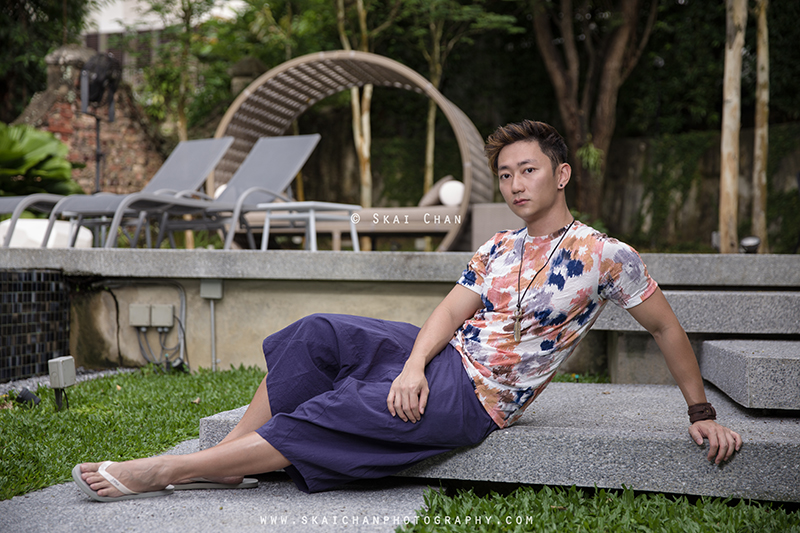
The Importance of This Article
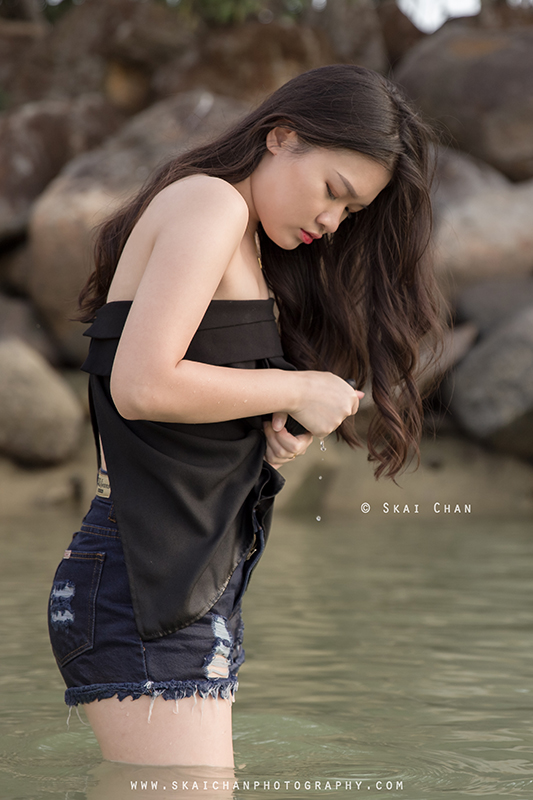
This article serves to help potential clients and photography enthusiasts better understand the differences between fashion and lifestyle photography. Knowing what you want is crucial because it sets the tone for the entire photoshoot. When you're clear about your vision, it not only helps you but also allows me to deliver results that are meaningful and aligned with both our expectations.
Choosing the right style influences everything—from the message your photos send to the mood they evoke, to the overall outcome of the session. Fashion photography brings a bold, stylised flair, while lifestyle photography focuses on natural, candid moments. Each creates a different experience and understanding these differences ensures the final images resonate with your purpose.
I encourage you to communicate your desired style when booking a session with me. The clearer you are about your preferences, the better I can tailor the shoot to meet your goals, creating images that reflect exactly what you envisioned. Let's work together to bring your vision to life.
Definition of Fashion Photography
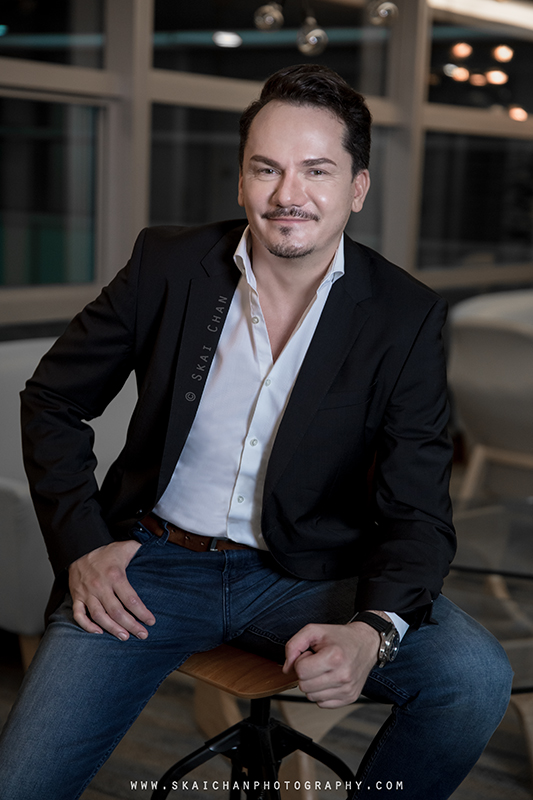
Fashion photography has long been associated with showcasing clothing, accessories and style, but in recent years, it's also become a way for individuals and models to highlight themselves. Many people are now using fashion photography to express their personality and image rather than just to sell a product. Whether it's for self-expression, personal branding or building a portfolio, this style focuses on creating bold, eye-catching images where the person often becomes the centre of attention, with the clothing playing a supportive role.
You'll commonly see fashion photography in magazines, lookbooks and advertising campaigns, but it's also being embraced for social media profiles and personal portfolios. The art direction tends to be carefully planned, ensuring each element works together to convey a particular mood or message.
Key Elements of Fashion Photography:
- Purpose:
Fashion photography is traditionally used to showcase clothing or accessories, but now, it's often a medium for personal expression or branding, focusing as much on the individual as on the fashion.
- Lighting and Setup:
Typically shot in controlled environments such as studios or highly styled outdoor locations, the lighting is meticulously arranged to enhance both the individual and the clothing.
- Posing:
Fashion photography uses strong, often dramatic poses. Whether the emphasis is on the clothes or the person, the posing is artistic and designed to make an impact.
- Wardrobe Focus:
In classic fashion shoots, the clothes are the stars, but in more personal shoots, the wardrobe supports the individual's identity and style without overpowering the image.
- Professional Team:
Fashion shoots often involve a team of professionals, including stylists, makeup artists and hairdressers, who work together to create a cohesive look.
Definition of Lifestyle Photography

Lifestyle photography is all about capturing real, candid moments. Rather than focusing on clothes or products, it's about telling a story and showing everyday life as it happens. Whether it's for family portraits, personal branding or even advertisements, the goal is to capture a genuine moment that feels authentic and relatable.
These shoots are usually done in natural settings like homes, parks or cafés, with little to no artificial lighting. The idea is to keep it simple and let the story unfold naturally. If you're after photos that feel relaxed and personal, lifestyle photography is a great way to capture those moments.
Key Elements of Lifestyle Photography:
- Purpose:
It's all about telling a story or capturing a mood, rather than focusing on selling a specific product.
- Lighting and Setup:
Often shot in real-life locations like homes or outdoor spaces, with natural light to create a warm, authentic feel.
- Posing:
Posing is minimal; the goal is to capture people in natural, relaxed moments.
- Wardrobe Focus:
The wardrobe is typically everyday clothing that fits the scene naturally, rather than standing out.
- Relatability:
The photos are designed to feel real and approachable, making it easy for anyone to connect with the moment.
Comparing Fashion and Lifestyle Photography
Mood and Intention
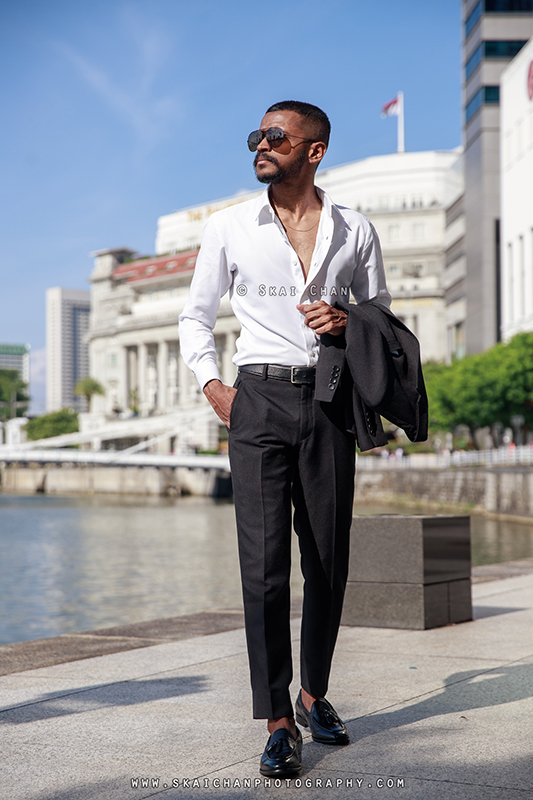
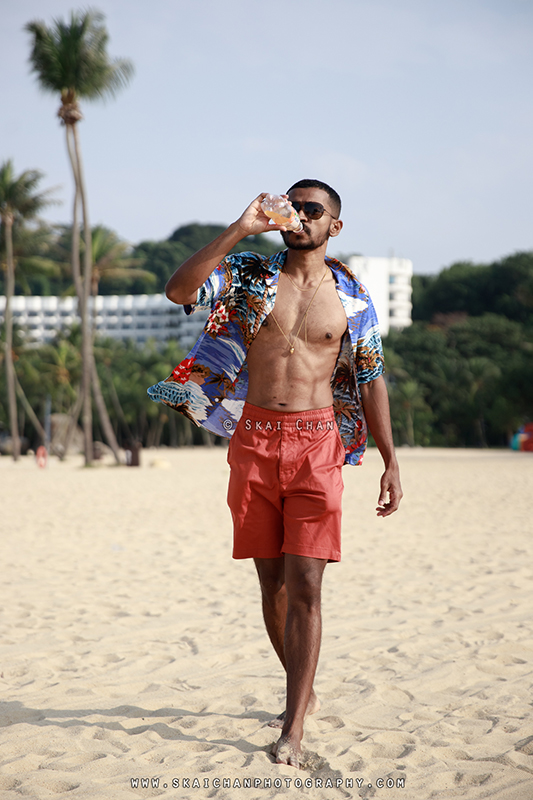
Fashion Photography: This style is all about creating a polished, high-end image, often with a sharp, stylized look. It's designed to make an impact, whether that's by showcasing a fashion piece, the model or a statement of art. The intention behind fashion photography is to make something visually striking and often quite aspirational.
Lifestyle Photography: The focus here is much more on capturing authentic moments. It's about the essence of a person or a scene – the emotions, interactions and environment. It tells a story, often reflecting a more relatable and down-to-earth narrative.
Aesthetic and Visual Style
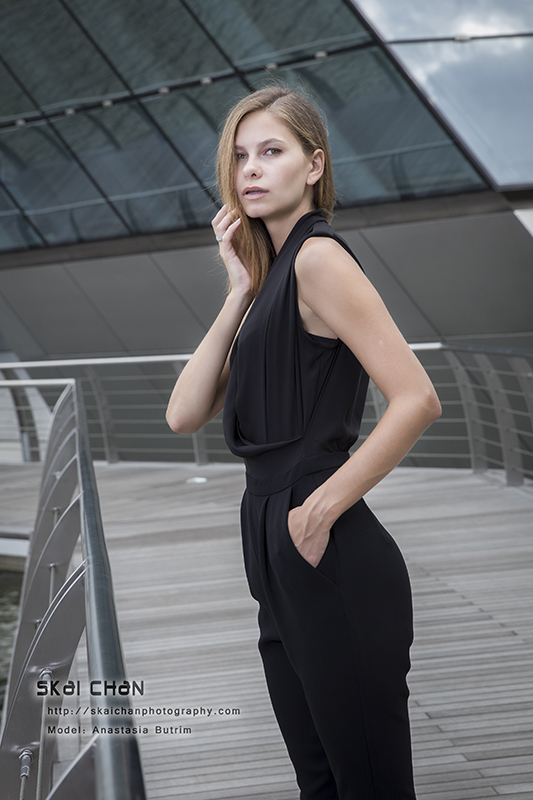
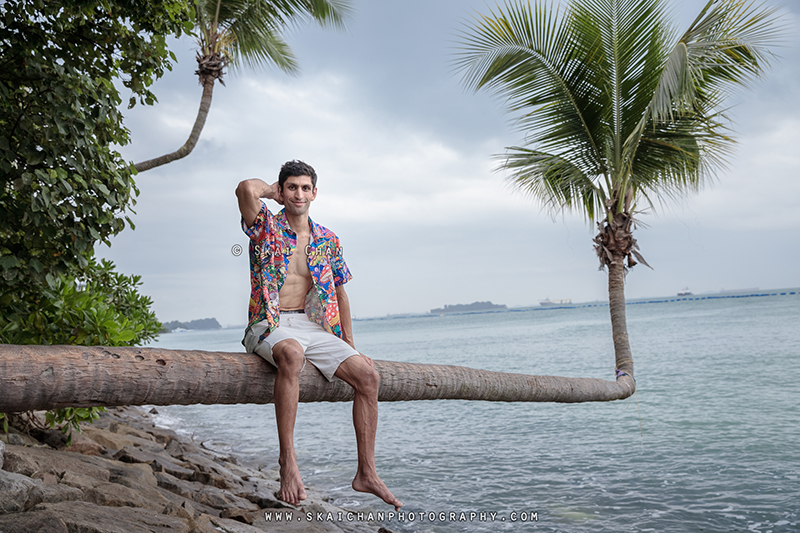
Fashion Photography: It's clean, crisp, and often leans into creative or artistic direction. There's an emphasis on perfection, from the styling to the lighting, giving it a polished and editorial feel. Think bold visuals with a lot of artistic flair.
Lifestyle Photography: This style, by contrast, tends to be more relaxed and natural. It's often warm, candid and organic, embracing imperfections to give the images a more real and approachable vibe.
Posing and Expression
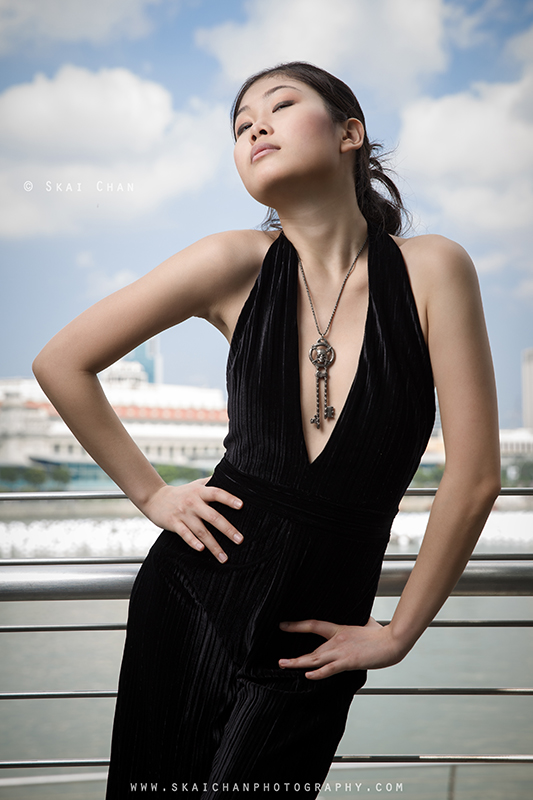
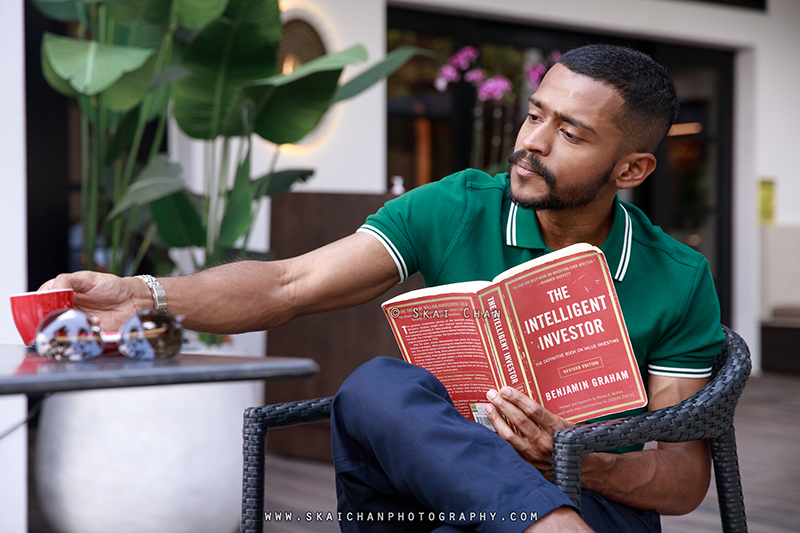
Fashion Photography: Poses in fashion photography can be intense, exaggerated or even theatrical. Models are often directed to create highly stylised and dramatic expressions or body language to add flair to the photos.
Lifestyle Photography: Posing here is the opposite of rigid. It's about capturing people in their natural, comfortable state. Movements are often included, making the shots feel more dynamic and alive. The goal is to showcase the real essence of the person.
Location and Lighting
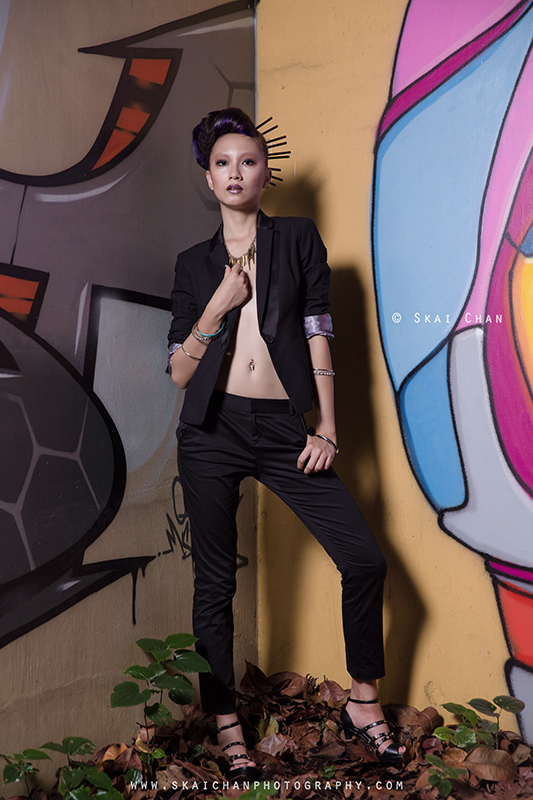

Fashion Photography: Fashion shoots can take place in a studio or on-location, but the lighting is usually controlled to create a specific look. Whether it's harsh, soft, or moody, the lighting is carefully manipulated to achieve the desired effect.
Lifestyle Photography: Often set in real-world environments like homes, parks or cafés, the lighting is natural or minimally enhanced. The aim is to blend into the setting, making the images feel authentic and true to life.
Different Perceptions of Photoshoots
Before I picked up my first DSLR, I noticed that a lot of aspiring models on social media were gravitating towards fashion shoots. Naturally, I thought that was the style of photoshoot to aim for. When I started working with a few friends and models who were just getting their start, it quickly became clear that these high-fashion poses weren't always easy to pull off. None of us were professionals, and while a few did manage to capture some great moments, others struggled.
That's when a commercial HMUA friend of mine stepped in and introduced me to lifestyle photography. She saw how passionate I was about portraits and guided me through a different approach. I started working towards this style, and the difference in my work was noticeable almost immediately. What struck me the most was how much more comfortable and natural my clients looked in lifestyle shoots. Since most of them weren't professional models, the relaxed nature of lifestyle photography made it easier for them to shine.
Different People May Be Capable of Certain Styles Only
Not everyone is versatile when it comes to photography styles and that's okay - not everyone is born to become a professional model.
From my journey as a beginner to where I am now, I've come to understand how non-photographers perceive photoshoots. It's common for someone who's been exposed to a particular style to form an idea that all photoshoots should follow that method.
I remember guiding an aspiring model to try a lifestyle shoot but it just didn't click for her. She was more accustomed to traditional fashion poses and felt a bit out of place with the relaxed, candid approach. After that, she stuck with fashion photography, which suited her better.
At the same time, I've worked with people who find fashion poses overwhelming and prefer the comfort of lifestyle shots. There's no right or wrong here – it's simply about finding the style that fits best. Most of the time, we can only figure that out by trying it out during the session and it's perfectly normal to make adjustments as we go.
Choosing the Right Style for Your Photoshoot
Both fashion and lifestyle photography have their place but different people prefer different approaches. Some love the strong, statement poses of a fashion shoot, while others are drawn to the laid-back vibe of a lifestyle session.
I usually recommend lifestyle photography for personal projects like dating profiles. It's a great way to capture your personality through natural, themed photos that highlight your hobbies, passions and interests. However, if you want to project confidence and you're comfortable with more dramatic posing, fashion photography might be the right fit.
When to Choose Fashion Photography
You're promoting a fashion line or building a modelling portfolio.
You want high-impact, dramatic images that stand out.
You prefer polished, editorial-style photos.
When to Choose Lifestyle Photography
You want to capture everyday moments and interactions or tell a story through personal branding.
You prefer candid, natural moments over highly styled shots.
You want images that feel approachable and real, like a day-in-the-life vibe.
Communicating Your Vision to the Photographer
It's essential to communicate what you're looking for when booking a photoshoot. Take some time to consider the style and mood you want to achieve and discuss it with your photographer. Whether it's fashion, lifestyle or a blend of both, knowing your vision ensures that everyone's on the same page.
When deciding which aesthetic suits your needs best, consider your personal preferences, the goals of the project, and the story or message you want to convey. A clear conversation with your photographer will help bring that vision to life.
Skai's Photography Style
Personally, I gravitate more towards lifestyle shoots, especially since most of my clients are non-professional models. They tend to feel more at ease and the results are often better because of that.
That said, I'm open to traditional fashion photography as well. If the client is comfortable and can pull off the poses without feeling awkward, fashion shoots can produce some truly stunning results. When I do lifestyle shoots, I often incorporate elements of fashion, like guiding my clients to show a certain vibe or flair. So, in a way, my style blends the two. I call it lifestyle fashion photography, leaning more towards lifestyle but with a hint of editorial fashion.
Conclusion
Understanding the difference between fashion and lifestyle photography is key to choosing the right style for your photoshoot. Both have their unique strengths and the decision ultimately depends on what you're looking to achieve. Whether you want high-impact fashion images or candid, natural moments, knowing what you want is the first step to a successful shoot.
Feel free to reach out if you're unsure which style suits your needs best. Let's have a chat and create a photoshoot that perfectly matches your vision.
please show some appreciation by following me in Facebook and Instagram.
Do check out my other useful photography tips!
Updated: Wed, 23 July 2025